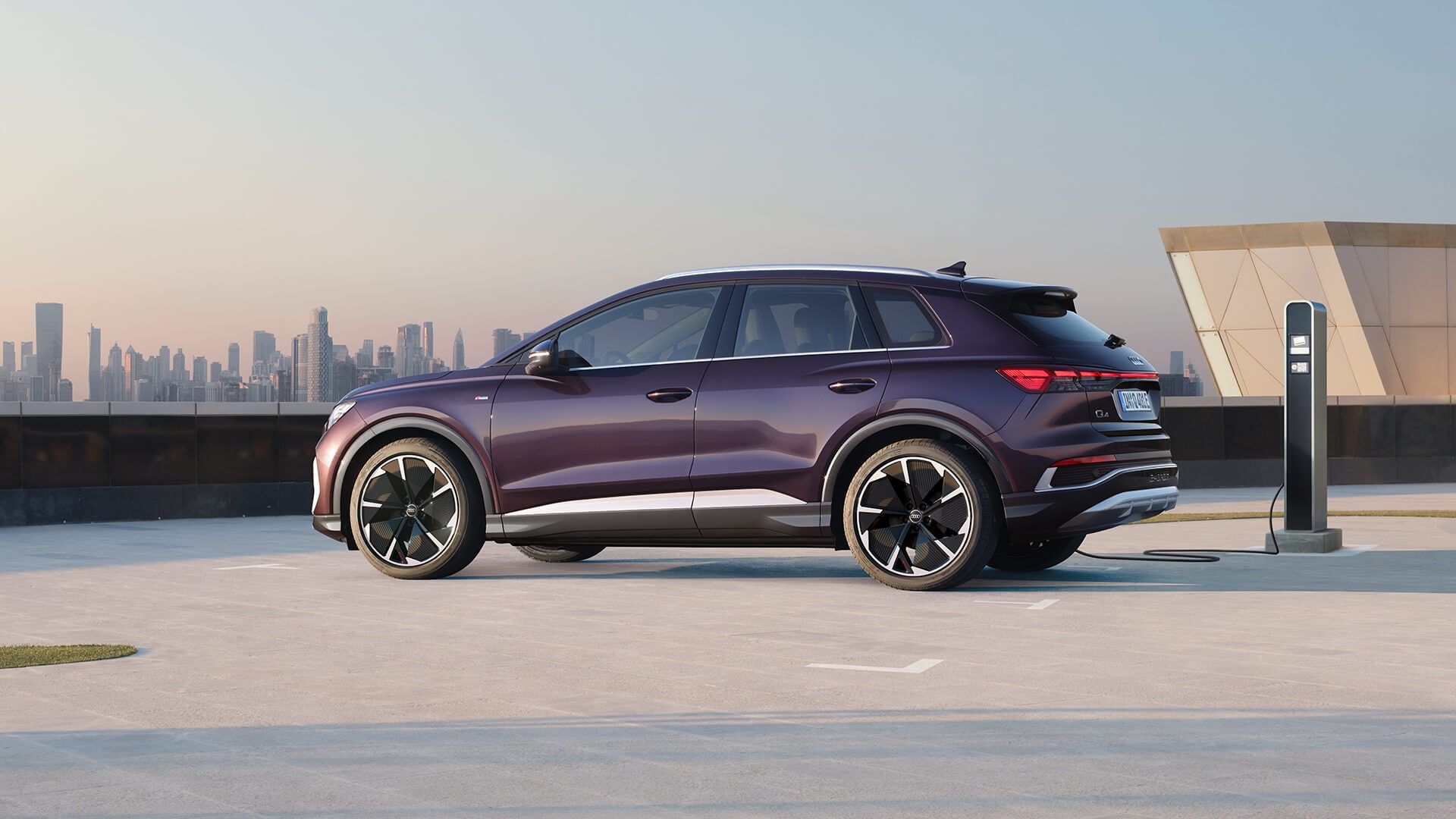As we have all witnessed, during the recent couple of years, the automotive industry has been leaning towards the development and production of electric cars, and Audi is no exception Although the idea of electric-powered vehicles is not new, the technology responsible for reliable and performance-proven EVs is recent. And, one of the most critical concerns has always been the range of these sorts of vehicles.
Today, most major companies offering electric options in their lineup have come up with countless ways to preserve as much power as possible in order to improve maximum range. Meanwhile, some models of said brands offer the technology which utilizes the kinetic energy produced from braking to recharge the battery. Granted, while this feature is not efficient enough to make electric cars have exceptional range, it is, in fact, an innovation deserving of recognition.
How Does E-Tron's Braking System Work?
It is quite common for EVs to use a one-pedal driving system, in which the driver accelerates by pushing the pedal down and decelerates by letting off of it. Audi, however, utilizes a two-pedal system in conjunction with its regenerative braking system.
The e-tron offers three stages of energy recovery, from which the driver can choose using the paddle shifter behind the steering wheel. On the lowest stage, when the driver releases the acceleration pedal, the e-tron proceeds to roll forward with no additional drag torque. The two other stages are level 1, "balanced - minimal deceleration," and level 2, "strong - high deceleration." In these two settings, regenerative brake torque produces electricity, and the driver is able to accelerate and decelerate using only one pedal.
Another option is to select the automatic mode, in which the Audi will efficiently assist with and regulate the regenerative braking and will decelerate in relation to the predicted route or the distance between the e-tron and the vehicles in front of it.
In some rare instances, this system means that the e-tron might charge up the battery beyond the percentage at which it started the drive. That is, of course, if the drive is almost exclusively downhill.
The adjustability Audi provides you with, mixed with the fantastic efficiency, make e-tron's regenerative braking system one of, if not the best on the electric market. It is capable of converting 90% of kinetic energy caused by a usual deceleration scenario into electricity. The recuperation of energy will occur of braking forces of up to 0.3 g, while the common threshold is 0.2 g. And if a sudden instance of deceleration is necessary, the hydraulic brakes will engage to stop the e-tron immediately. Complimenting the braking system are the monitoring systems and the sensors in the Audi, which help the car come to a sudden stop in case of observing an obstacle.
How Efficient Is The Braking System?
Upon its debut, prototypes of the e-tron proved that it is possible for the electric SUV to regain enough power from going downhill a mile, to travel an additional mile in normal conditions. During the testing of the said prototype at Pikes Peak, it recuperated power with about 220 lb-ft of torque which would be around 70% of its initial power output. Furthermore, depending on the driving conditions, the e-tron gets 20% to 30% of its entire range from this power recovery through braking. These are outstanding numbers for a system so new.
The automatic setting of the regenerative braking provides a seamless driving experience while maintaining the efficiency of the regeneration of power. The intention to offer as much comfort as possible is one of the most significant selling points of an electric Audi.
As of today, the recuperation of the braking energy is surely efficient enough to be functional. However, as much as it is a practical system, it is also proof of how well the electric vehicles of the near future can perform.
Is It Worth It?
Needless to say, the brakes and how they regenerate power are not the only exciting part of the e-tron, and it is a serious contender among the current electric vehicles on the market.
While the e-tron series' high-range models are more pricey than the other electric SUVs and crossovers available right now, it is undoubtedly an innovative machine that does not disappoint. The driving experience is noticeably smooth while reserving the excitement in its nature. The Audi e-tron also comes with an astounding number of features that make it truly desirable, such as the redefined side mirrors, its fast-charging capability, and the spacious cargo space.
The e-tron is not a desperate measure to try and stay in the trending EV market or to avoid fading away into the automotive history. It bears delicacy and innovation, just as many legendary Audis have.

-2.jpg)

